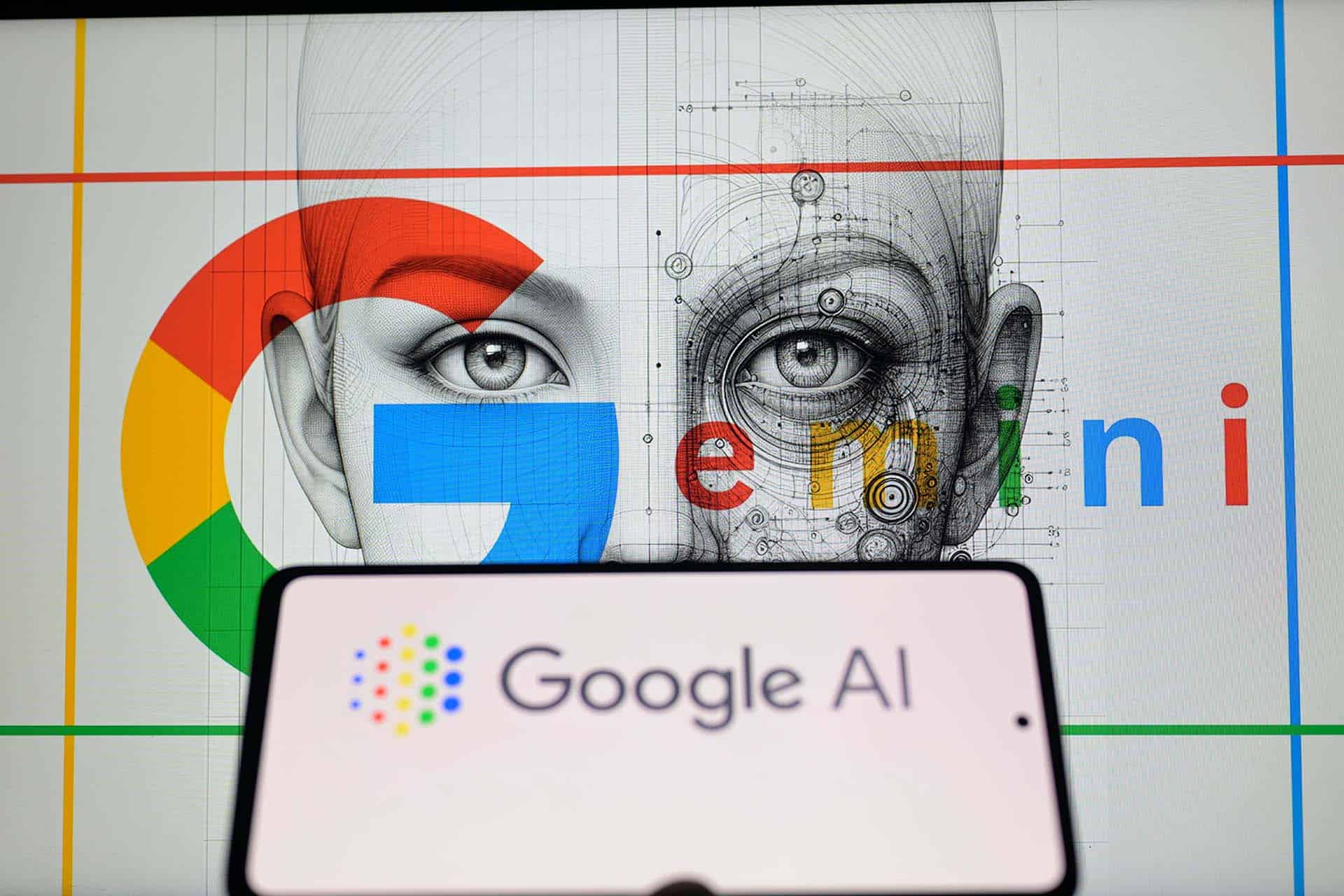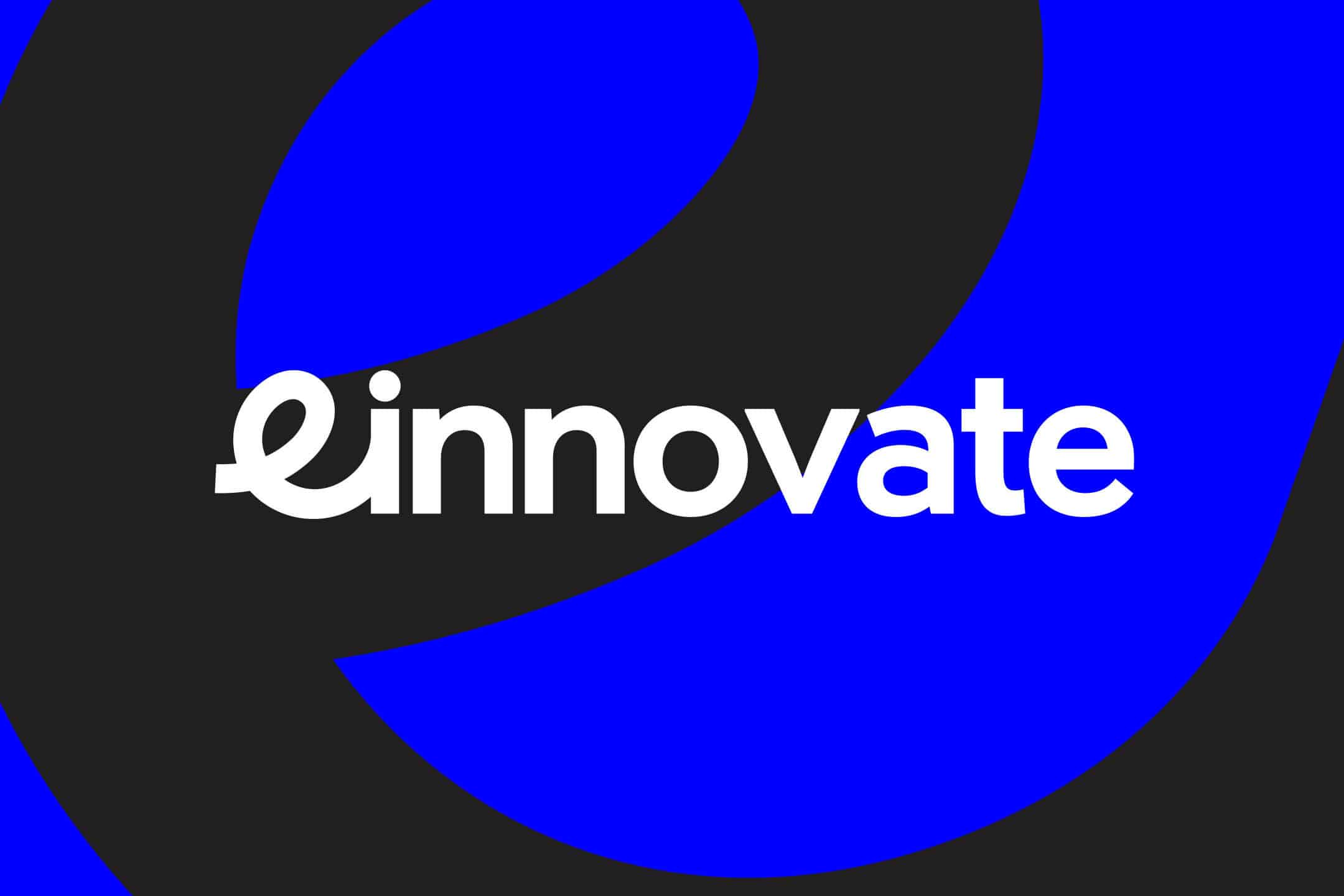What is Generative Engine Optimisation and Why Should You Care?
Search is changing. Again. But this time, it’s not about a new algorithm update or another ranking factor tweak. It’s about something much bigger: how people find and consume information online.
Generative Engine Optimisation (GEO) is the practice of crafting content that earns visibility within AI-generated summaries – like the ones we’re already seeing from Google’s SGE, Bing Copilot and tools like ChatGPT.
In short: search engines are becoming answer engines.
If your business relies on organic traffic, this shift matters. Because the way your content is seen (or not seen) is about to change.
How Generative Search Changes the Rules of Visibility
Traditional SEO focused on one goal: ranking well.
In the new world of generative search, ranking is no longer enough. AI-powered engines summarise results, often pulling information from multiple sources into one, consolidated answer. This means:
- Fewer clicks, even if you rank well
- More competition to be “the” source quoted in AI answers
- A shift from keywords to context and clarity
Visibility now means being summarised. Being trusted. Being clear enough that AI models can lift your insights and present them front and centre.

GEO vs SEO: What Stays, What Shifts
What stays:
- Content quality still wins
- Strong technical SEO matters
- Authority and trust remain essential
What shifts:
- Structure becomes critical – clear headings, concise answers
- Schema and FAQs increase your chances of being featured
- Voice matters more than ever: clear, calm, human writing gets surfaced
AI isn’t rewriting the SEO rulebook. It’s annotating it in bold.
What Does GEO-Optimised Content Look Like?
We write for two audiences now: real humans, and the machines summarising for them.
That means:
- Short, helpful answers to real questions
- Varied sentence lengths to mimic natural human rhythm
- FAQs that echo the way users actually speak
- Schema that supports search engine understanding
Real-world impact
In December 2024, we saw this shift play out firsthand. One of our long-standing clients experienced a 60% dip in organic leads. Their rankings hadn’t changed. Their content was still strong.
But Google had just rolled out its generative AI summaries across the UK. And while our client’s site was being featured in the summaries, the AI was answering the user’s question before they clicked.
We went from owning the top spots to sharing a single snippet. And traffic dipped accordingly.
It was a wake-up call. Strong rankings alone won’t protect you. You need content that earns the click after the summary. That gives users a reason to go deeper. That’s what we focus on now.
How To Optimise for Generative Search Engines

We approach GEO the same way we approach every project: performance-first, grounded in strategy and rooted in clarity.
We build GEO-ready content through:
- Content audits to identify gaps and summarisation opportunities
- FAQ structures aligned to user questions and AI prompts
- Schema markup to enhance visibility and machine readability
- Clear, concise tone that AI models can easily parse and quote
- Real insights and case examples to build authority and context
We don’t just chase traffic. We engineer content for visibility, value and volume.
GEO Isn’t a Trend – It’s a Transformation
This isn’t just a new acronym. It’s a shift in how search works. The brands that adapt early will earn more visibility, more trust and more leads.
At EI, we don’t wait for the future. We build for it.
Explore our services to future-proof your content strategy and get in touch today.
GEO FAQs
What’s the difference between GEO and traditional SEO?
GEO focuses on how your content performs in AI-generated summaries. SEO focuses on rankings and traffic. Both matter – but GEO prepares you for the future.
How do I get my content featured in AI answers?
Structure is key. Use question-led headings, short answers and schema. Make your content easy to quote.
Is GEO just a new name for good content?
In many ways, yes. But with added structure, clarity and intent. It’s about making good content easy for machines and humans to trust.
Do I need to change everything?
Not everything. But you may need to reframe how your content is written, structured and optimised. We can help with that.




